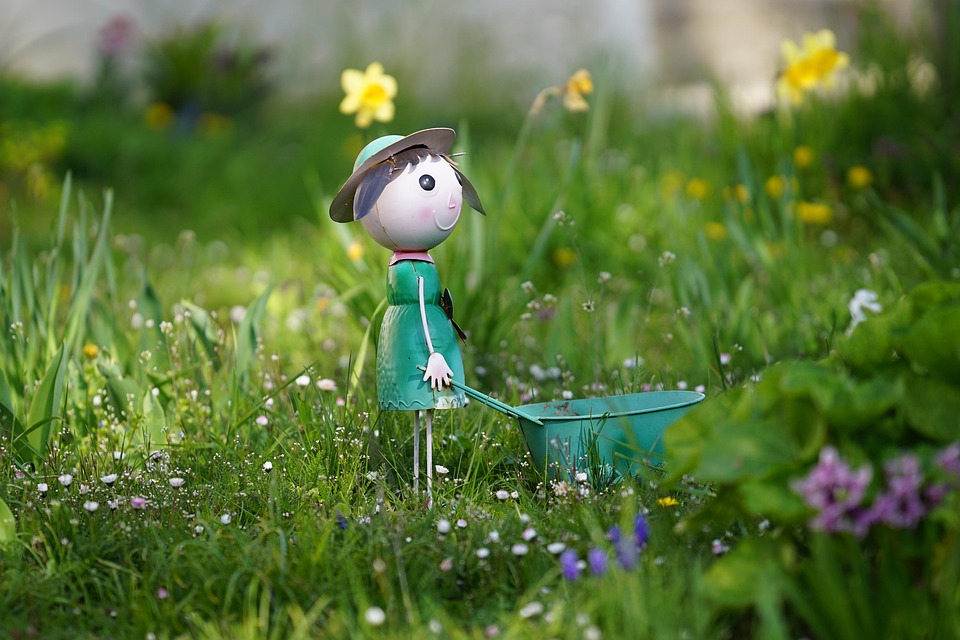Sprouting Sustainability: The Essential Guide to Water-Wise Gardening
Water scarcity is a growing concern around the world, with many regions facing drought conditions and water restrictions. As gardeners, it is important for us to be mindful of our water usage and implement sustainable practices in our gardening routines. Water-wise gardening, also known as xeriscaping, is a method of gardening that promotes water conservation and sustainability. In this guide, we will explore the principles of water-wise gardening and provide practical tips for creating a thriving garden while minimizing water usage.
Understanding Water-Wise Gardening
Water-wise gardening is a holistic approach to gardening that focuses on reducing water usage while maintaining a healthy and vibrant garden. By implementing water-wise practices, gardeners can reduce their water bills, conserve water resources, and create a more sustainable garden environment. The key principles of water-wise gardening include:
- Choosing drought-tolerant plants
- Improving soil quality
- Implementing efficient irrigation systems
- Mulching to retain moisture
- Reducing lawn areas
Choosing Drought-Tolerant Plants
One of the most important aspects of water-wise gardening is selecting plants that are well-suited to dry conditions. Drought-tolerant plants have adapted to survive with minimal water, making them ideal choices for water-wise gardens. Some examples of drought-tolerant plants include succulents, lavender, and ornamental grasses. By choosing these plants for your garden, you can reduce the need for frequent watering and create a low-maintenance garden that thrives in arid conditions.
Improving Soil Quality
Healthy soil is essential for water-wise gardening, as it helps to retain moisture and nutrients for plants. By improving soil quality through the addition of organic matter and compost, gardeners can create a more resilient garden that requires less water. Soil amendments such as compost, peat moss, and vermiculite can help to improve soil structure and water retention, allowing plants to thrive with minimal irrigation.
Implementing Efficient Irrigation Systems
Efficient irrigation systems are key to water-wise gardening, as they help to deliver water directly to plants’ roots while minimizing water waste. Drip irrigation systems, soaker hoses, and water-efficient sprinklers are all effective ways to water plants efficiently and reduce water usage. By installing a programmable irrigation system and watering during the early morning or evening hours, gardeners can further optimize their water usage and promote healthy plant growth.
Mulching to Retain Moisture
Mulching is a simple yet effective way to conserve water in the garden. By applying a layer of organic mulch, such as wood chips, straw, or compost, gardeners can help to retain soil moisture, suppress weeds, and regulate soil temperature. Mulching also helps to reduce evaporation and runoff, allowing plants to access water more efficiently. By mulching around plants and in garden beds, gardeners can create a more water-wise garden that requires less frequent watering.
Reducing Lawn Areas
Lawns are one of the biggest water consumers in the garden, requiring frequent watering to maintain their lush green appearance. By reducing lawn areas and replacing them with drought-tolerant plants, gardeners can significantly reduce their water usage and create a more sustainable garden. Consider replacing turf grass with ground covers, native plants, or hardscaping features to minimize water consumption and create a more water-wise garden design.
Practical Tips for Water-Wise Gardening
Now that we have explored the principles of water-wise gardening, let’s dive into some practical tips for creating a thriving water-wise garden:
Group plants with similar water needs together
When planning your garden layout, group plants with similar water requirements together to optimize water usage. By grouping drought-tolerant plants in one area and water-loving plants in another, you can ensure that each plant receives the appropriate amount of water without overwatering or underwatering.
Use rain barrels to collect and store rainwater
Rain barrels are a great way to collect and store rainwater for use in the garden. By capturing rainwater from your roof, you can reduce your reliance on municipal water sources and provide your plants with a free and natural source of water. Use a hose or watering can to distribute rainwater to your plants, ensuring that they receive a steady supply of water without wasting precious resources.
Monitor soil moisture levels regularly
It is important to monitor soil moisture levels regularly to ensure that your plants are receiving an adequate amount of water. Use a moisture meter or simply stick your finger into the soil to gauge moisture levels. Water plants only when the soil is dry to the touch, as overwatering can lead to root rot and other issues. By monitoring soil moisture levels and adjusting your watering schedule accordingly, you can help to promote healthy plant growth and conserve water in the garden.
Choose permeable hardscaping materials
When designing hardscaping features such as pathways, patios, and retaining walls, opt for permeable materials that allow water to penetrate the soil. Permeable hardscaping materials, such as gravel, pavers, and decomposed granite, help to reduce runoff and promote groundwater recharge. By choosing permeable hardscaping materials, you can create a more water-wise garden that minimizes water waste and supports a healthy ecosystem.
Conclusion
Water-wise gardening is a sustainable and environmentally-friendly approach to gardening that promotes water conservation and resource efficiency. By implementing the principles of water-wise gardening and following practical tips for reducing water usage, gardeners can create a thriving garden that is both beautiful and sustainable. By choosing drought-tolerant plants, improving soil quality, implementing efficient irrigation systems, mulching to retain moisture, and reducing lawn areas, gardeners can create a more water-wise garden that thrives in arid conditions. With careful planning and mindful practices, water-wise gardening can help to conserve water resources, reduce water bills, and create a more sustainable garden environment for future generations to enjoy.


















































